Table of Contents
1. Introduction
1.1 Purpose of the PMBOK® Guide
1.2 What is a Project?
1.2.1. The Relationships Among Portfolios, Programs, and Projects
1.3 What is Project Management?
1.4 R elationships Among Portfolio Management, Program Management, ProjectManagement, and Organizational Project Management
1.4.1 Program Management
1.4.2 Portfolio Management
1.4.3 Projects and Strategic Planning
1.4.4 Project Management Office
1.5 R elationship Between Project Management, Operations Management, andOrganizational Strategy
1.5.1 Operations and Project Management
1.5.2 Organizations and Project Management
1.6 Business Value
1.7 Role of the Project Manager
1.7.1 Responsibilities and Competencies of the Project Manager
1.7.2 Interpersonal Skills of a Project Manager
1.8 Project Management Body of Knowledge
2. ORGANIZATIONAL INFLUENCES AND PROJECT LIFE CYCLE
2.1 Organizational Influences on Project Management
2.1.1 Organizational Cultures and Styles
2.1.2 Organizational Communications
2.1.3 Organizational Structures
2.1.4 Organizational Process Assets
2.1.5 Enterprise Environmental Factors
2.2 Project Stakeholders and Governance
2.2.1 Project Stakeholders
2.2.2 Project Governance
2.2.3 Project Success
2.3 Project Team
2.3.1 Composition of Project Teams
2.4 Project Life Cycle
2.4.1 Characteristics of the Project Life Cycle
2.4.2 Project Phases
3. PROJECT MANAGEMENT PROCESSES
3.1 Common Project Management Process Interactions
3.2 Project Management Process Groups
3.3 Initiating Process Group
3.4 Planning Process Group
3.5 Executing Process Group
3.6 Monitoring and Controlling Process Group
3.7 Closing Process Group
3.8 Project Information
3.9 Role of the Knowledge Areas
4. PROJECT INTEGRATION MANAGEMENT
4.1 Develop Project Charter
4.1.1 Develop Project Charter: Inputs
4.1.2 Develop Project Charter: Tools and Techniques
4.1.3 Develop Project Charter: Outputs
4.2 Develop Project Management Plan
4.2.1 Develop Project Management Plan: Inputs
4.2.2 Develop Project Management Plan: Tools and Techniques
4.2.3 Develop Project Management Plan: Outputs
4.3 Direct and Manage Project Work
4.3.1 Direct and Manage Project Work: Inputs
4.3.2 Direct and Manage Project Work: Tools and Techniques
4.3.3 Direct and Manage Project Work: Outputs
4.4 Monitor and Control Project Work
4.4.1 Monitor and Control Project Work: Inputs
4.4.2 Monitor and Control Project Work: Tools and Techniques
4.4.3 Monitor and Control Project Work: Outputs
4.5 Perform Integrated Change Control
4.5.1 Perform Integrated Change Control: Inputs
4.5.2 Perform Integrated Change Control: Tools and Techniques
4.5.3 Perform Integrated Change Control: Outputs
4.6 Close Project or Phase
4.6.1 Close Project or Phase: Inputs
4.6.2 Close Project or Phase: Tools and Techniques
4.6.3 Close Project or Phase: Outputs
5. PROJECT SCOPE MANAGEMENT
5.1 Plan Scope Management
5.1.1 Plan Scope Management: Inputs
5.1.2 Plan Scope Management: Tools and Techniques
5.1.3 Plan Scope Management: Outputs
5.2 Collect Requirements
5.2.1 Collect Requirements: Inputs
5.2.2 Collect Requirements: Tools and Techniques
5.2.3 Collect Requirements: Outputs
5.3 Define Scope
5.3.1 Define Scope: Inputs
5.3.2 Define Scope: Tools and Techniques
5.3.3 Define Scope: Outputs
5.4 Create WBS
5.4.1 Create WBS: Inputs
5.4.2 Create WBS: Tools and Techniques
5.4.3 Create WBS: Outputs
5.5 Validate Scope
5.5.1 Validate Scope: Inputs
5.5.2 Validate Scope: Tools and Techniques
5.5.3 Validate Scope: Outputs
5.6 Control Scope
5.6.1 Control Scope: Inputs
5.6.2 Control Scope: Tools and Techniques
5.6.3 Control Scope: Outputs
6. PROJECT TIME MANAGEMENT
6.1 Plan Schedule Management
6.1.1 Plan Schedule Management: Inputs
6.1.2 Plan Schedule Management: Tools and Techniques
6.1.3 Plan Schedule Management: Outputs
6.2 Define Activities
6.2.1 Define Activities: Inputs
6.2.2 Define Activities: Tools and Techniques
6.2.3 Define Activities: Outputs
6.3 Sequence Activities
6.3.1 Sequence Activities: Inputs
6.3.2 Sequence Activities: Tools and Techniques
6.3.3 Sequence Activities: Outputs
6.4 Estimate Activity Resources
6.4.1 Estimate Activity Resources: Inputs
6.4.2 Estimate Activity Resources: Tools and Techniques
6.4.3 Estimate Activity Resources: Outputs
6.5 Estimate Activity Durations
6.5.1 Estimate Activity Durations: Inputs
6.5.2 Estimate Activity Durations: Tools and Techniques
6.5.3 Estimate Activity Durations: Outputs
6.6 Develop Schedule
6.6.1 Develop Schedule: Inputs
6.6.2 Develop Schedule: Tools and Techniques
6.6.3 Develop Schedule: Outputs
6.7 Control Schedule
6.7.1 Control Schedule: Inputs
6.7.2 Control Schedule: Tools and Techniques
6.7.3 Control Schedule: Outputs
7. PROJECT COST MANAGEMENT
7.1 Plan Cost Management
7.1.1 Plan Cost Management: Inputs
7.1.2 Plan Cost Management: Tools and Techniques
7.1.3 Plan Cost Management: Outputs
7.2 Estimate Costs
7.2.1 Estimate Costs: Inputs
7.2.2 Estimate Costs: Tools and Techniques
7.2.3 Estimate Costs: Outputs
7.3 Determine Budget
7.3.1 Determine Budget: Inputs
7.3.2 Determine Budget: Tools and Techniques
7.3.3 Determine Budget: Outputs
7.4 Control Costs
7.4.1 Control Costs: Inputs
7.4.2 Control Costs: Tools and Techniques
7.4.3 Control Costs: Outputs
8. PROJECT QUALITY MANAGEMENT
8.1 Plan Quality Management
8.1.1 Plan Quality Management: Inputs
8.1.2 Plan Quality Management: Tools and Techniques
8.1.3 Plan Quality Management: Outputs
8.2 Perform Quality Assurance
8.2.1 Perform Quality Assurance: Inputs
8.2.2 Perform Quality Assurance: Tools and Techniques
8.2.3 Perform Quality Assurance: Outputs
8.3 Control Quality
8.3.1 Control Quality: Inputs
8.3.2 Control Quality: Tools and Techniques
8.3.3 Control Quality: Outputs
9. PROJECT HUMAN RESOURCE MANAGEMENT
9.1 Plan Human Resource Management
9.1.1 Plan Human Resource Management: Inputs
9.1.2 Plan Human Resource Management: Tools and Techniques
9.1.3 Plan Human Resource Management: Outputs
9.2 Acquire Project Team
9.2.1 Acquire Project Team: Inputs
9.2.2 Acquire Project Team: Tools and Techniques
9.2.3 Acquire Project Team: Outputs
9.3 Develop Project Team
9.3.1 Develop Project Team: Inputs
9.3.2 Develop Project Team: Tools and Techniques
9.3.3 Develop Project Team: Outputs
9.4 Manage Project Team
9.4.1 Manage Project Team: Inputs
9.4.2 Manage Project Team: Tools and Techniques
9.4.3 Manage Project Team: Outputs
10. PROJECT COMMUNICATIONS MANAGEMENT
10.1 Plan Communications Management
10.1.1 Plan Communications Management: Inputs
10.1.2 Plan Communications Management: Tools and Techniques
10.1.3 Plan Communications Management: Outputs
10.2 Manage Communications
10.2.1 Manage Communications: Inputs
10.2.2 Manage Communications: Tools and Techniques
10.2.3 Manage Communications: Outputs
10.3 Control Communications
10.3.1 Control Communications: Inputs
10.3.2 Control Communications: Tools and Techniques
10.3.3 Control Communications: Outputs
11. PROJECT RISK MANAGEMENT
11.1 Plan Risk Management
11.1.1 Plan Risk Management: Inputs
11.1.2 Plan Risk Management: Tools and Techniques
11.1.3 Plan Risk Management: Outputs
11.2 Identify Risks
11.2.1 Identify Risks: Inputs
11.2.2 Identify Risks: Tools and Techniques
11.2.3 Identify Risks: Outputs
11.3 Perform Qualitative Risk Analysis
11.3.1 Perform Qualitative Risk Analysis: Inputs
11.3.2 Perform Qualitative Risk Analysis: Tools and Techniques
11.3.3 Perform Qualitative Risk Analysis: Outputs
11.4 Perform Quantitative Risk Analysis
11.4.1 Perform Quantitative Risk Analysis: Inputs
11.4.2 Perform Quantitative Risk Analysis: Tools and Techniques
11.4.3 Perform Quantitative Risk Analysis: Outputs
11.5 Plan Risk Responses
11.5.1 Plan Risk Responses: Inputs
11.5.2 Plan Risk Responses: Tools and Techniques
11.5.3 Plan Risk Responses: Outputs
11.6 Control Risks
11.6.1 Control Risks: Inputs
11.6.2 Control Risks: Tools and Techniques
11.6.3 Control Risks: Outputs
12. PROJECT PROCUREMENT MANAGEMENT
12.1 Plan Procurement Management
12.1.1 Plan Procurement Management: Inputs
12.1.2 Plan Procurement Management: Tools and Techniques
12.1.3 Plan Procurement Management: Outputs
12.2 Conduct Procurements
12.2.1 Conduct Procurements: Inputs
12.2.2 Conduct Procurements: Tools and Techniques
12.2.3 Conduct Procurements: Outputs
12.3 Control Procurements
12.3.1 Control Procurements: Inputs
12.3.2 Control Procurements: Tools and Techniques
12.3.3 Control Procurements: Outputs
12.4 Close Procurements
12.4.1 Close Procurements: Inputs
12.4.2 Close Procurements: Tools and Techniques
12.4.3 Close Procurements: Outputs
13. PROJECT STAKEHOLDER MANAGEMENT
13.1 Identify Stakeholders
13.1.1 Identify Stakeholders: Inputs
13.1.2 Identify Stakeholders: Tools and Techniques
13.1.3 Identify Stakeholders: Outputs
13.2 Plan Stakeholder Management
13.2.1 Plan Stakeholder Management: Inputs
13.2.2 Plan Stakeholder Management: Tools and Techniques
13.2.3 Plan Stakeholder Management: Outputs
13.3 Manage Stakeholder Engagement
13.3.1 Manage Stakeholder Engagement: Inputs
13.3.2 Manage Stakeholder Engagement: Tools and Techniques
13.3.3 Manage Stakeholder Engagement: Outputs
13.4 Control Stakeholder Engagement
13.4.1 Control Stakeholder Engagement: Inputs
13.4.2 Control Stakeholder Engagement: Tools and Techniques
13.4.3 Control Stakeholder Engagement: Outputs
ANNEX A1 THE STANDARD FOR PROJECT MANAGEMENT OF A PROJECT
APPENDIX X1 FIFTH EDITION CHANGES
Appendix X2 Contributors and Reviewers of the PMBOK® Guide –Fifth Edition
APPENDIX X3 INTERPERSONAL SKILLS
REFERENCES
Glossary
INDEX
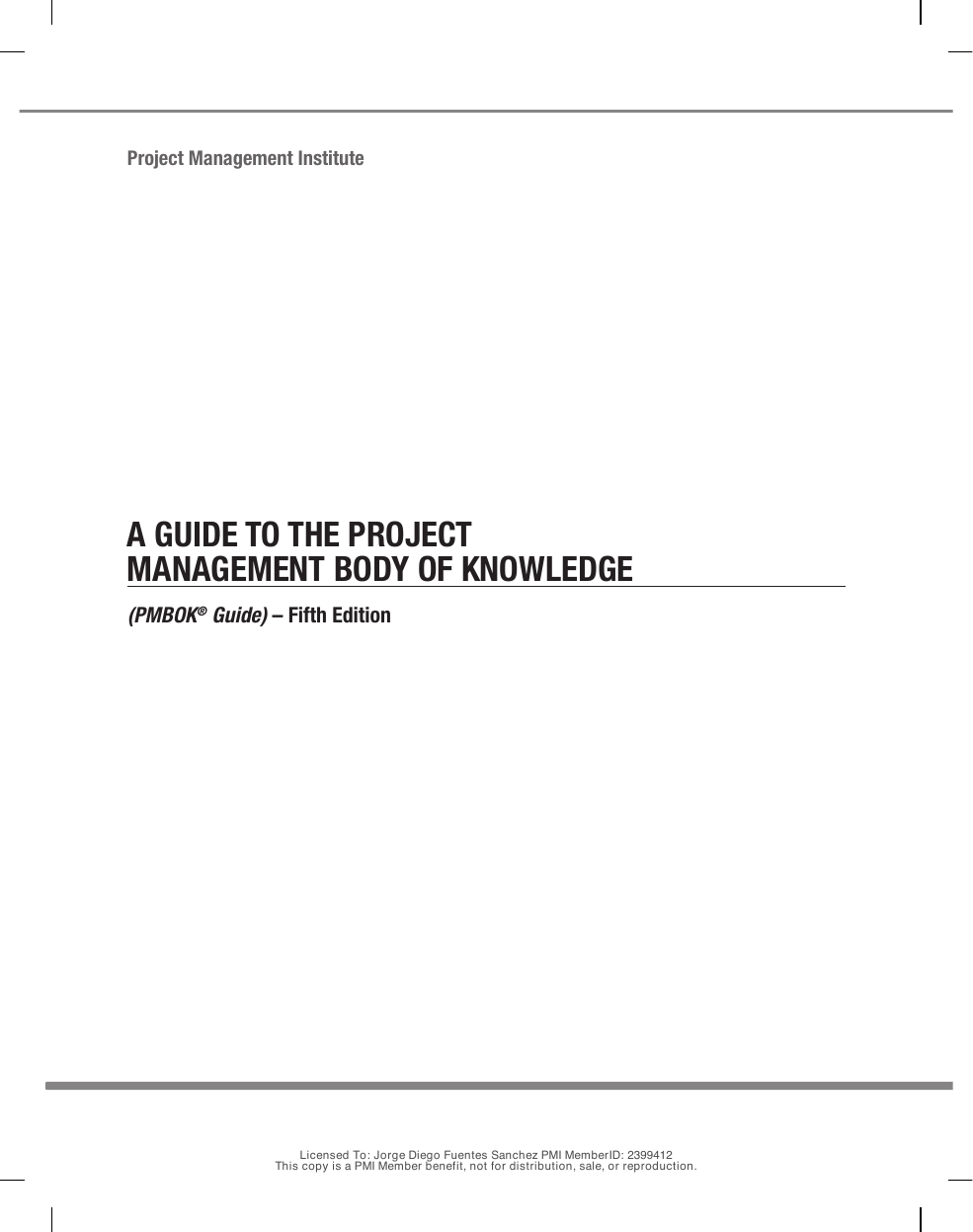
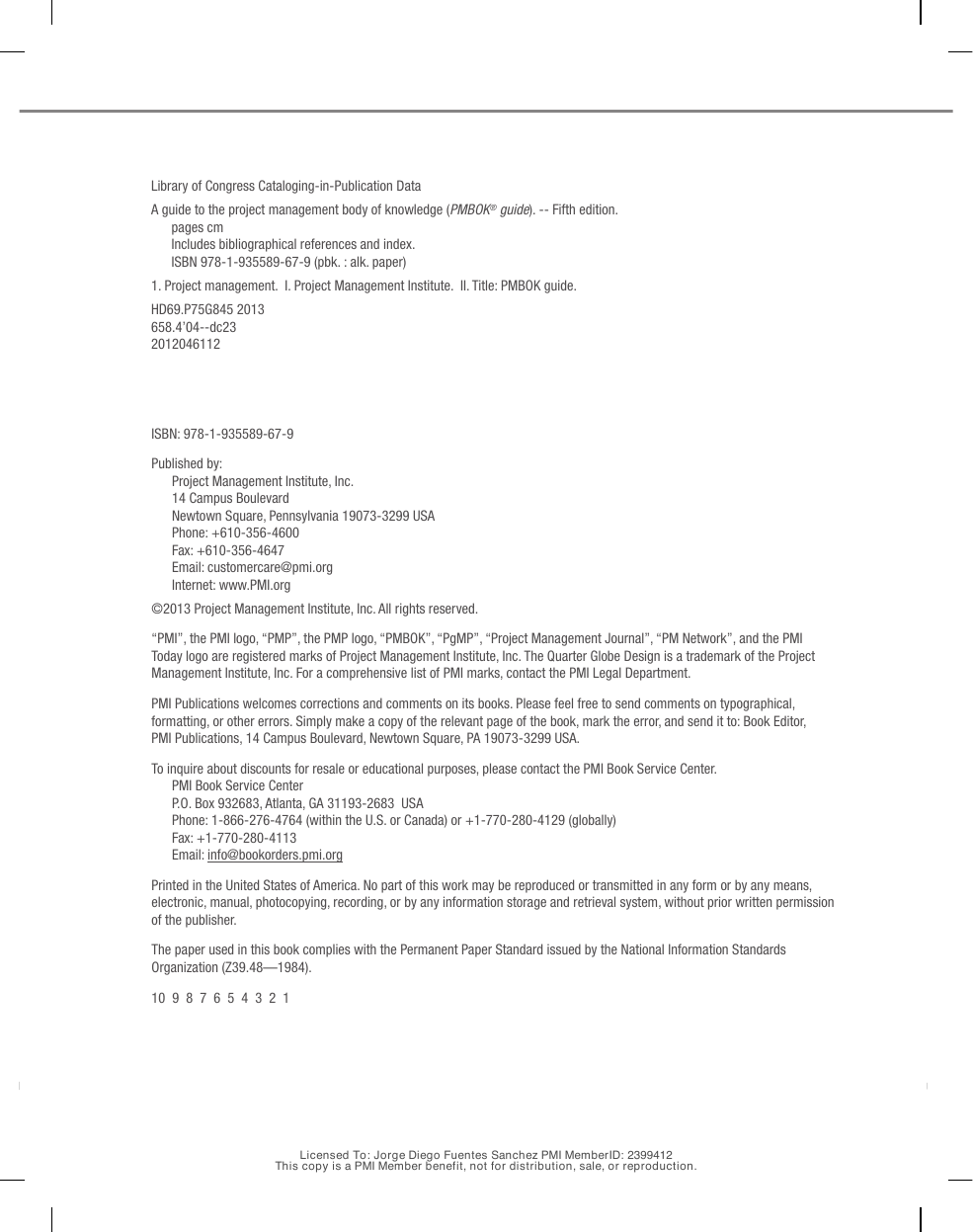
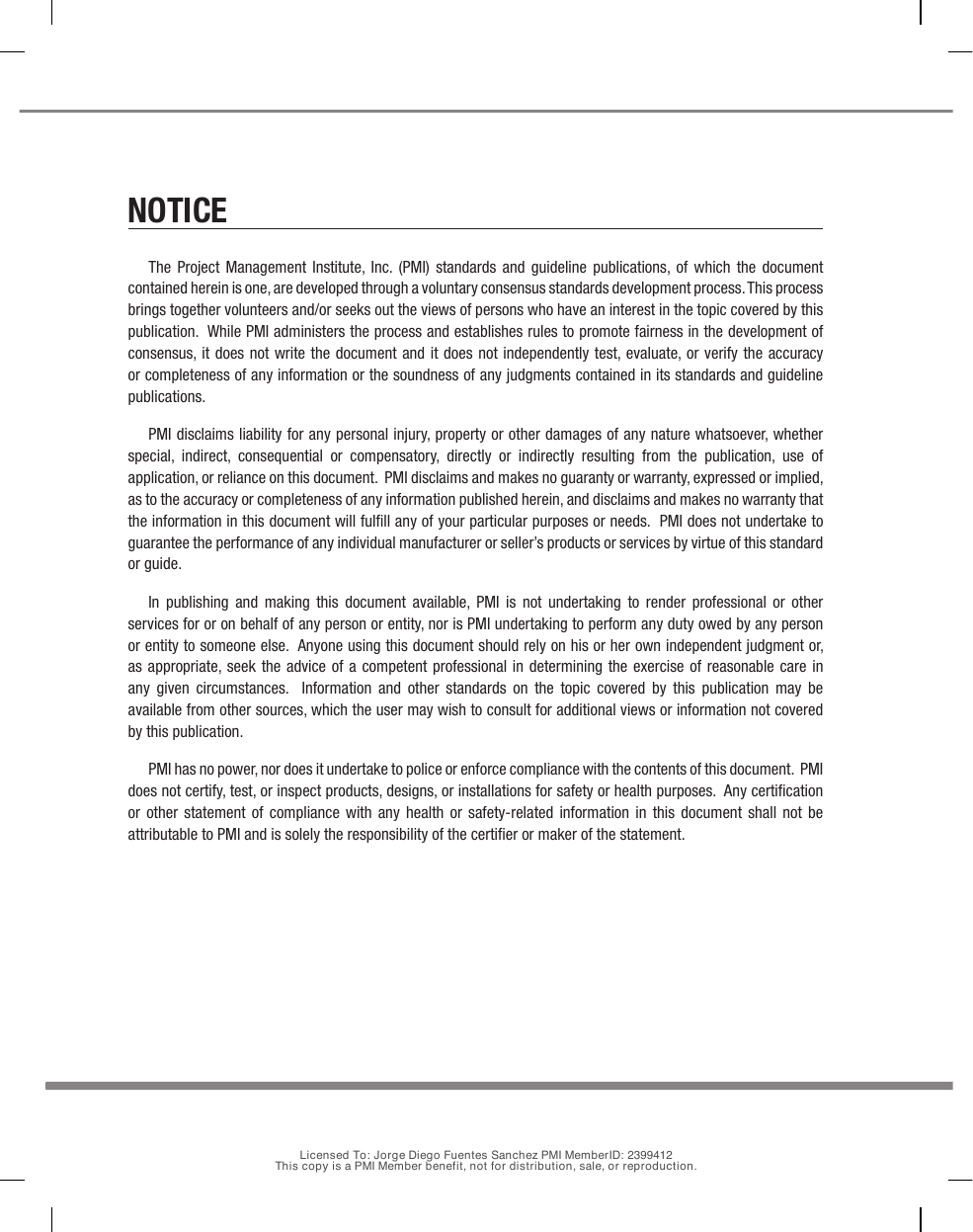



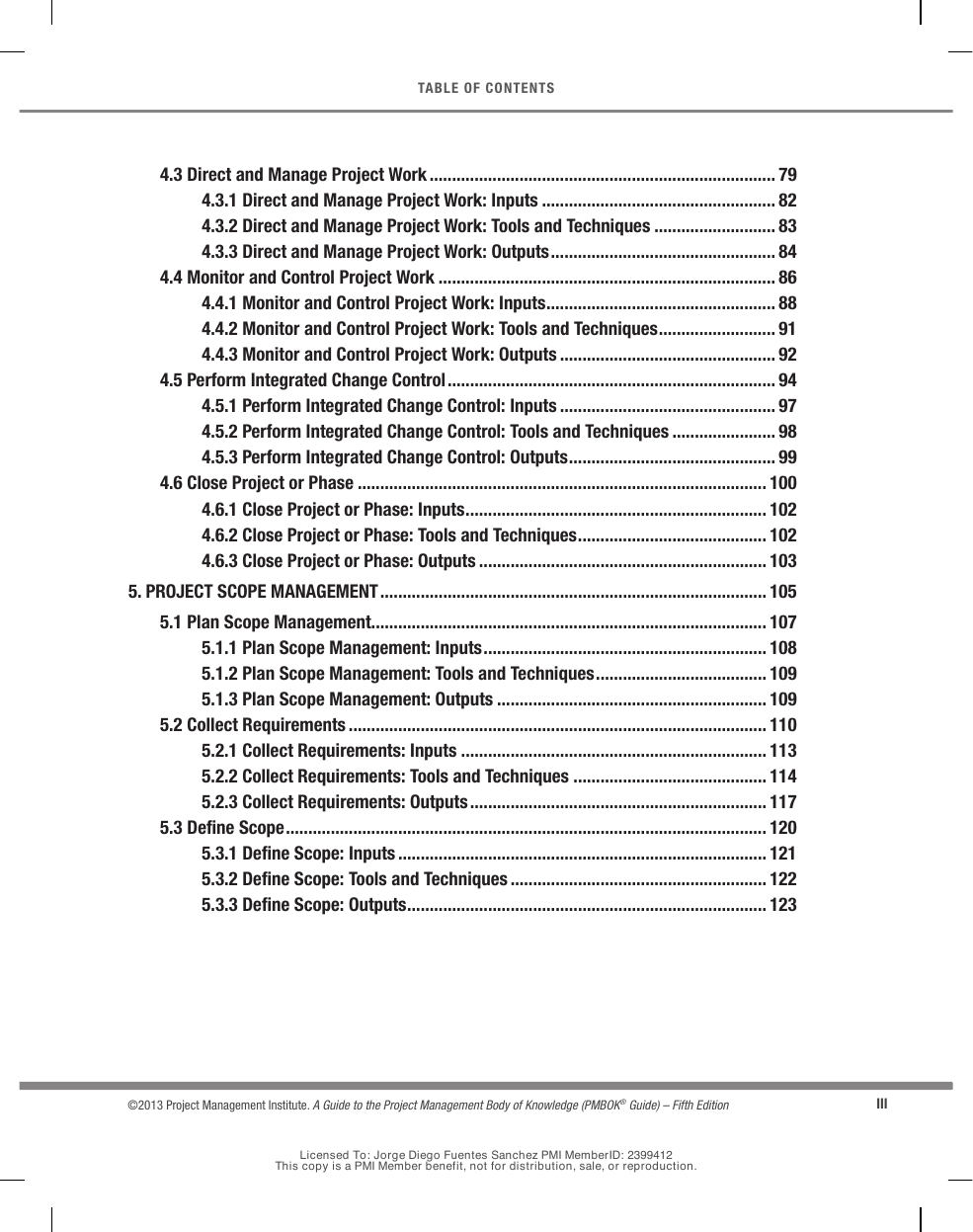
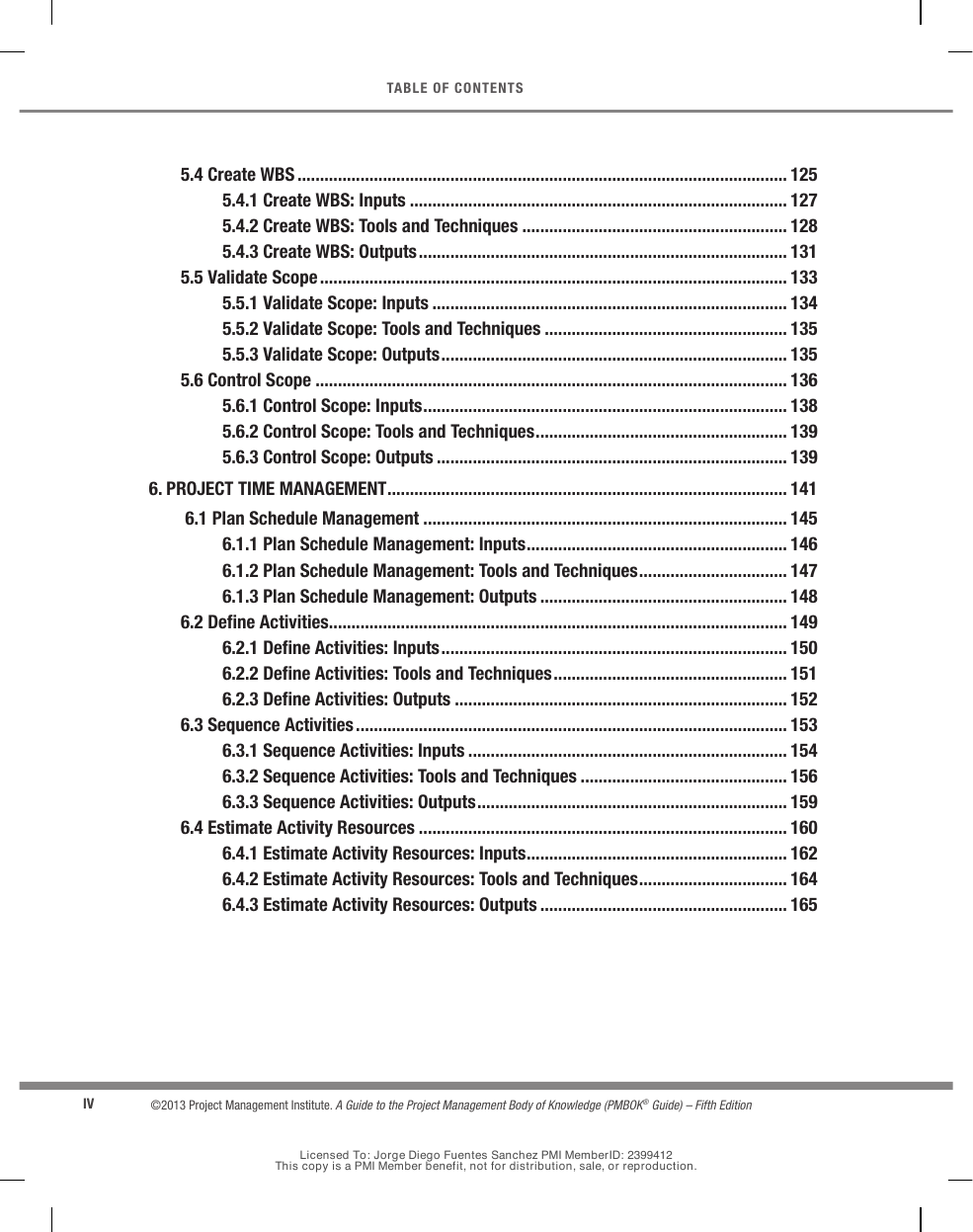








 2023年江西萍乡中考道德与法治真题及答案.doc
2023年江西萍乡中考道德与法治真题及答案.doc 2012年重庆南川中考生物真题及答案.doc
2012年重庆南川中考生物真题及答案.doc 2013年江西师范大学地理学综合及文艺理论基础考研真题.doc
2013年江西师范大学地理学综合及文艺理论基础考研真题.doc 2020年四川甘孜小升初语文真题及答案I卷.doc
2020年四川甘孜小升初语文真题及答案I卷.doc 2020年注册岩土工程师专业基础考试真题及答案.doc
2020年注册岩土工程师专业基础考试真题及答案.doc 2023-2024学年福建省厦门市九年级上学期数学月考试题及答案.doc
2023-2024学年福建省厦门市九年级上学期数学月考试题及答案.doc 2021-2022学年辽宁省沈阳市大东区九年级上学期语文期末试题及答案.doc
2021-2022学年辽宁省沈阳市大东区九年级上学期语文期末试题及答案.doc 2022-2023学年北京东城区初三第一学期物理期末试卷及答案.doc
2022-2023学年北京东城区初三第一学期物理期末试卷及答案.doc 2018上半年江西教师资格初中地理学科知识与教学能力真题及答案.doc
2018上半年江西教师资格初中地理学科知识与教学能力真题及答案.doc 2012年河北国家公务员申论考试真题及答案-省级.doc
2012年河北国家公务员申论考试真题及答案-省级.doc 2020-2021学年江苏省扬州市江都区邵樊片九年级上学期数学第一次质量检测试题及答案.doc
2020-2021学年江苏省扬州市江都区邵樊片九年级上学期数学第一次质量检测试题及答案.doc 2022下半年黑龙江教师资格证中学综合素质真题及答案.doc
2022下半年黑龙江教师资格证中学综合素质真题及答案.doc